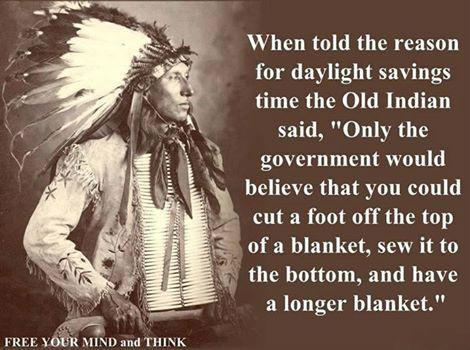Nice summary in the WSJ of recent research on the purported energy savings from DST. The government sponsored study suggested savings, but there was no control, no way to eliminate other possible causes. One of the participating experts concludes…
We don’t know how the U.S. would have behaved without the daylight saving time extension. — Hendrik Wolff (Commenting on the 2008 Study)
The second study is from Australia where a natural experiment occurred due to changes made for the 2000 Olympics. While energy use declined during evening hours, it rose the same amount during the morning. There were no net savings! [graphic]
The third and most recent study takes advantage of another natural experiment in the State of Indiana. The authors point out that in this age of electric air conditioning and super-efficient LED lightbulbs, the percent of energy used for lighting is becoming less significant over time.
We’re fooling ourselves to continue calling it an energy policy given the studies that show it doesn’t save energy. — Matthew J. Kotchen (Commenting on his 2011 DST Study)
Abstract—We take advantage of a natural experiment in the state of Indiana to estimate the effect of daylight saving time (DST) on residential electricity consumption. Our main finding is that, contrary to the policy’s intent, DST increases electricity demand. The findings are consistent with simulation results that identify a trade-off between reducing demand for lighting and increasing demand for heating and cooling. We estimate a cost to Indiana households of $9 million per year in increased electricity bills. We also estimate social costs of increased pollution emissions between $1.7 to $5.5 million per year. (The Review of Economics and Statistics, November 2011, 93(4): 1172–1185)
More indications that DST has outlived its utility and is now just a historic anachronism (see my prior posts).
Update Nov 10
Found two humorous (but true!) DST-related items today…

